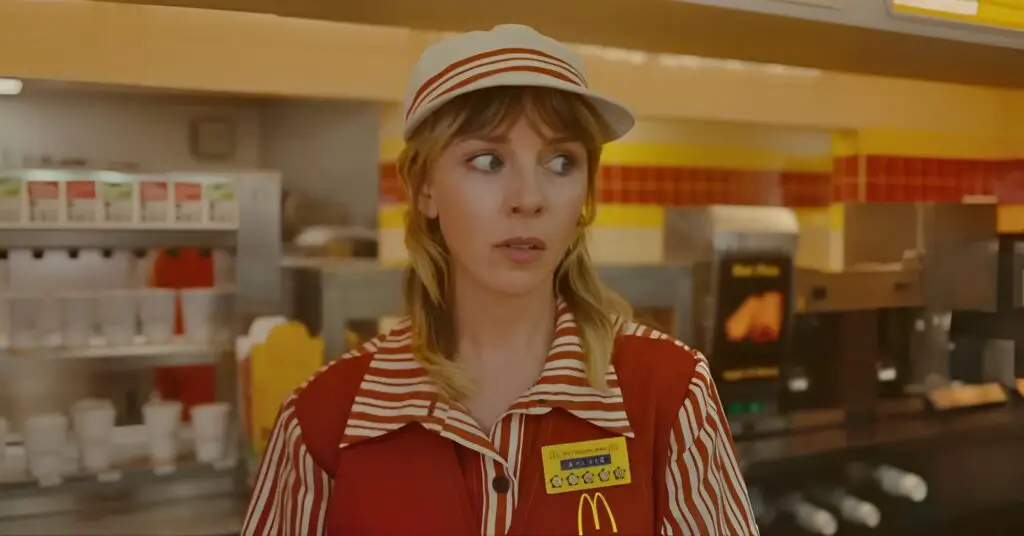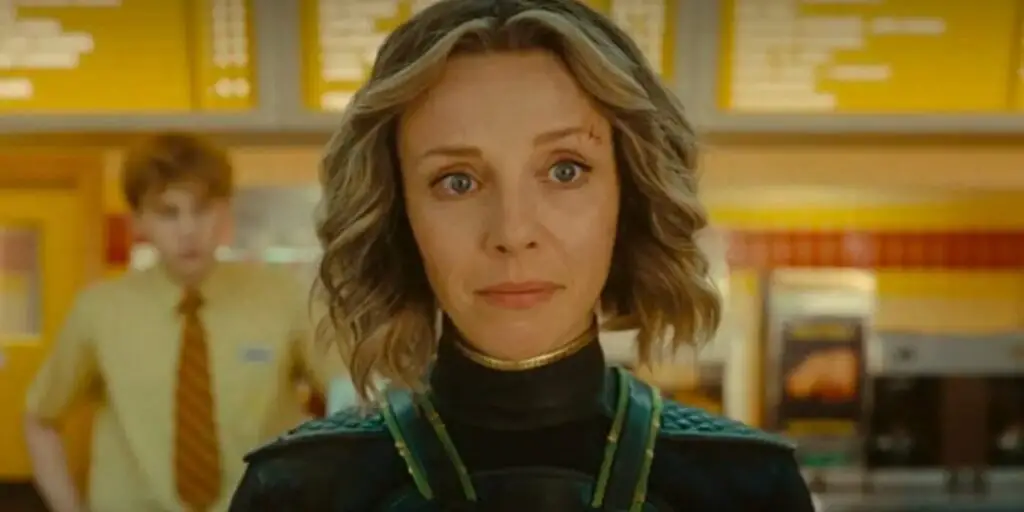The highly anticipated second season of “Loki” hit screens with a bang, immediately diving deep into the intricacies of time and delving into its complexities. With Tom Hiddleston reprising his role as the endearing God of Mischief, the new season swiftly picks up the narrative where its predecessor left off. This time, Loki confronts the revelations surrounding the Time Variance Authority’s (TVA) deceptive acts. The season’s introduction of Ke Huy Quan’s character, known as Ouroboros or “OB”, brings an additional layer of excitement. OB’s primary mission? To prevent the mischief god from being incessantly tugged along the timeline. But the lingering thought for many was the mysterious fate of Sylvie (played by Sophia Di Martino).
Recall the first season, which primarily centered on Sylvie’s desperate escapes from the relentless chase of the TVA. We eventually uncover that the agency’s workforce was extracted from different moments in time, their memories swapped with fabrications. Upon encountering a multitude of other Loki versions, both Loki and Sylvie find themselves confronting the puppeteer of the TVA, He Who Remains, portrayed by Jonathan Majors. Presenting an alluring proposal, he extends an offer for either Loki or Sylvie to assume his position at the helm of the TVA. This instigates a fierce altercation between our two protagonists, culminating in Sylvie propelling Loki through a time portal and presumptively eliminating He Who Remains. Sylvie’s subsequent whereabouts remained an enigma. That is, until a revealing post-credits scene.
Within this scene, audiences see Sylvie stepping through a time portal, emerging in 1982 at a McDonald’s located in Broxton, Oklahoma. Broxton, beyond its overt product reference, is notably prominent in Thor’s comic lore. Serving as a residence for Thor and his Asgardian comrades, Broxton’s significance extends its impact on Thor’s Marvel Cinematic Universe (MCU) journey.

Historically, Broxton transformed into Thor’s domain during J. Michael Straczynski’s influential comic series. Here, Thor disrupts the recurring Ragnarok cycle and revives Asgard to float above Broxton, ultimately reinstating it as a bustling city of gods. However, ensuing plots, like the Siege arc by Brian Michael Bendis and Olivier Coipel, present challenges, particularly when Norman Osborn aspires to invade Asgard. This tumultuous period climaxes as Osborn orders Sentry to decimate Asgard, compelling it to plummet to Earth.
The repercussions of these events echo in the MCU. Glimpses of Straczynski’s narrative intricately weave into Thor’s cinematic adaptations. Impressively, Straczynski contributed to the film’s conception and even made a brief cameo, attempting to hoist Mjlonir after its descent in New Mexico. The films “Avengers: Endgame” and “Thor: Love and Thunder” magnify the narrative of Asgardians inhabiting Earth, especially following their devastating confrontation with the formidable Thanos, depicted by Josh Brolin. Furthermore, Straczynski’s envisioning of Loki’s transformation into a female form is touched upon in the series, as Sylvie embodies traits from both Lady Loki and Amora the Enchantress.
The Marvelous Enigma of Broxton in Loki
While Broxton’s definitive role in “Loki’s” ongoing season is yet to be fully unveiled, its introduction assures fans that the series remains deeply rooted in the rich tapestry of Thor comics. This bond is further underscored as snippets reveal Loki’s chance meeting with Sylvie, who now seemingly moonlights at the aforementioned McDonald’s.
With “Loki” episodes releasing every Thursday on Disney+, fans eagerly await unraveling the enigmatic ties between Loki, Sylvie, and the pivotal town of Broxton.


